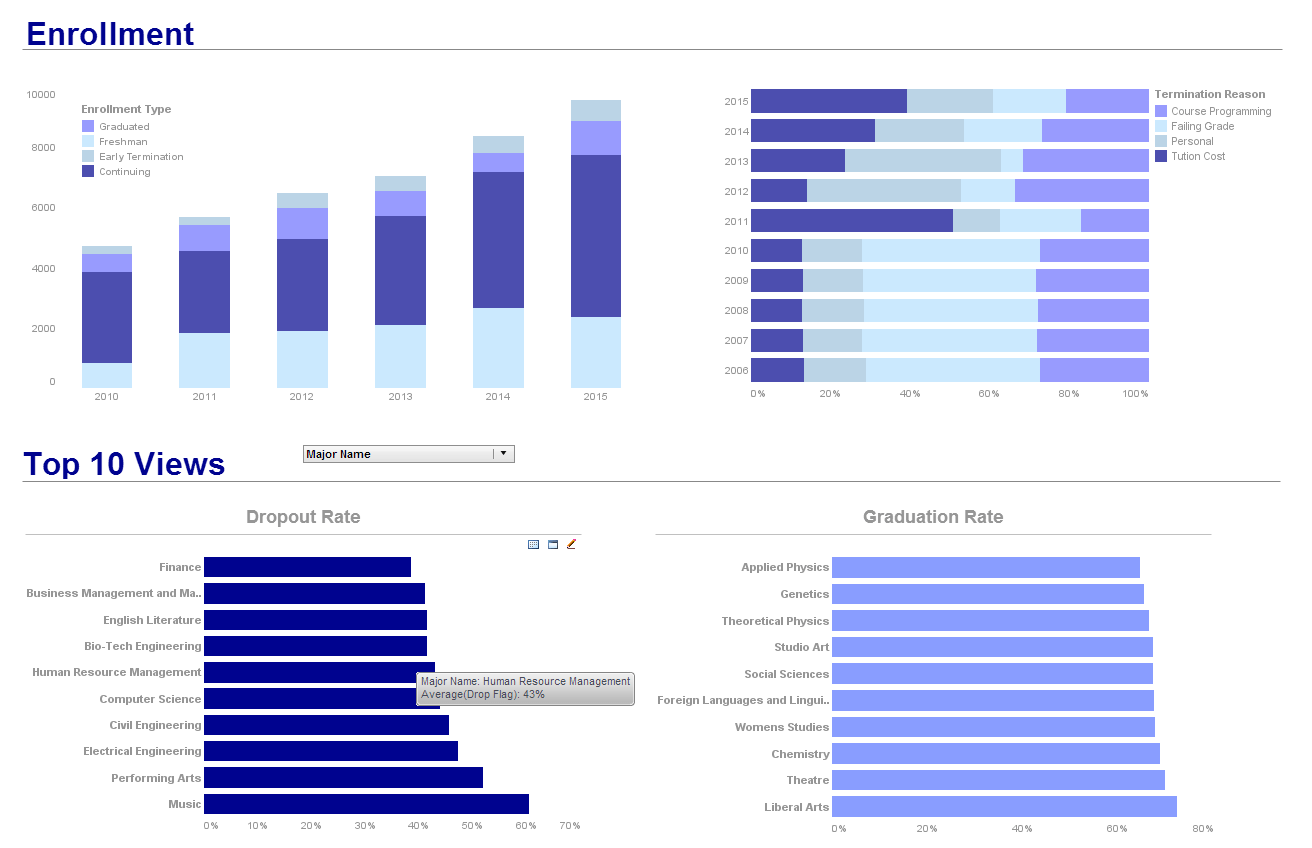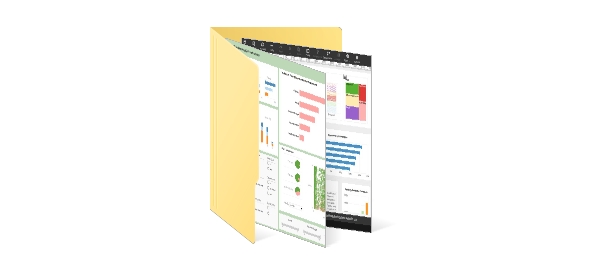InetSoft Webinar: Number One – Measuring Performance Based on the Past
This is a transcript of a Webinar titled "Top Ten Business Intelligence Mistakes" hosted by InetSoft. The speaker is Christopher Wren, Principal Consultant at TFI Consulting.
What I am going to talk about is some of the dumber things I have seen organizations do when they are trying to measure performance, and I've narrowed it down to these top ten business intelligence mistakes. There are more than that, but I am only going to talk about ten!
And this is not going to take the full time that we have on the schedule so I have time for questions if you want to discuss any of these things or challenge my opinions about these things feel free. By the end of the session I’ll probably manage to offend just about all of you, so just be warned!
So the first big mistake that I’ve seen companies make is when they measure most of their performance on the past, lagging indicators in the process. They are judging the health of our enterprise by looking at the past.
I came across a study by the American Productivity and Quality Center in Houston, and it tried to identify who has the best balanced scorecards at American companies. One of the things they found was that in just about all of them, including the ones that they viewed as the best, they were all measuring the lagging indicators.
I worked with a major bank recently and they told me they had a balanced scorecard and I looked at their balanced scorecard and everything they were measuring was something that already had happened in the past.
Leading vs. Lagging Indicators
So people haven’t seemed to have picked up on the concept of cholesterol measures or leading indicators but rather still mostly measure the past because those are things the things that are real like money in the bank. Those are things that are real so they are important to them.
At the same time though, they were late to put their attention on problems like we went over budget, missed the deadline on the project, or an employee quit. So whether it’s financial measures, employee measures, or customer measures, there are still lagging indicators or measures on the past. We look at how most industrial organizations measure safety and they do so by counting accidents. How many people got hurt this month, somebody’s got to cut his finger up and put a dot on the chart. As a result, they are having a hard time coming up with these leading indicators. The big problem is there aren’t enough leading indicators on most measure or performance in companies.
Organizations often rely heavily on historical data because it is tangible and easy to quantify. However, this approach can lead to missed opportunities for proactive improvement. By focusing only on what has already happened, companies may fail to identify trends or warning signs that could help them avoid future issues.
Leading indicators, on the other hand, provide insight into potential outcomes before they occur. Examples include employee engagement scores, customer satisfaction surveys, and process compliance rates. These metrics can signal problems early, allowing organizations to take corrective action before negative results materialize.
Implementing Leading Indicators
Implementing leading indicators requires a shift in mindset and measurement strategy. It involves identifying the drivers of success and monitoring them consistently. This can be challenging, as leading indicators are often less concrete than lagging ones, but the benefits of early intervention and continuous improvement are significant.
Balanced scorecards and performance dashboards should incorporate both leading and lagging indicators. This balanced approach enables organizations to track progress toward goals, anticipate challenges, and respond quickly to changing conditions. Over time, this leads to better decision-making and improved business outcomes.
Ultimately, the key to effective performance measurement is understanding what drives success in your organization and ensuring those factors are monitored and managed. By moving beyond a sole focus on the past and embracing predictive metrics, companies can foster a culture of agility and resilience.


